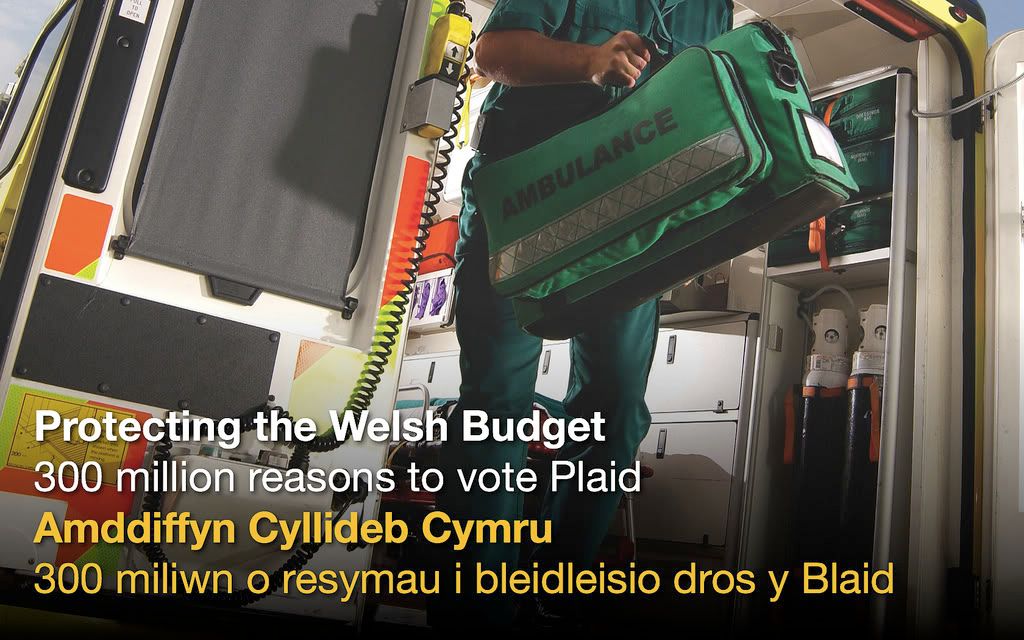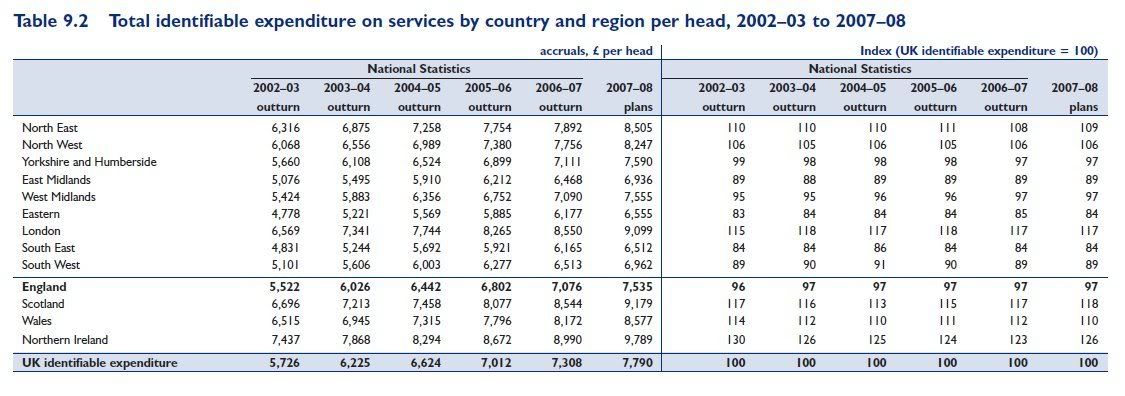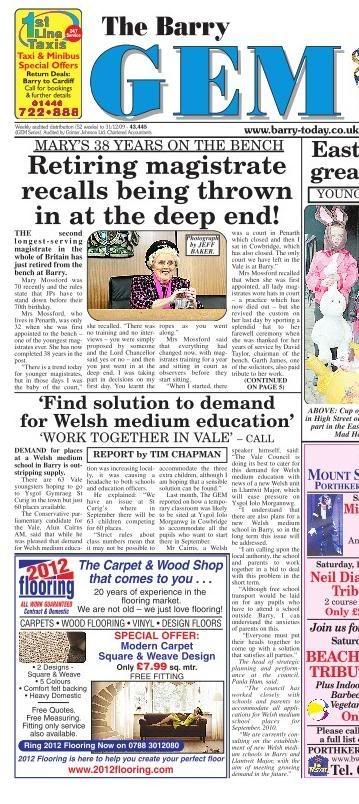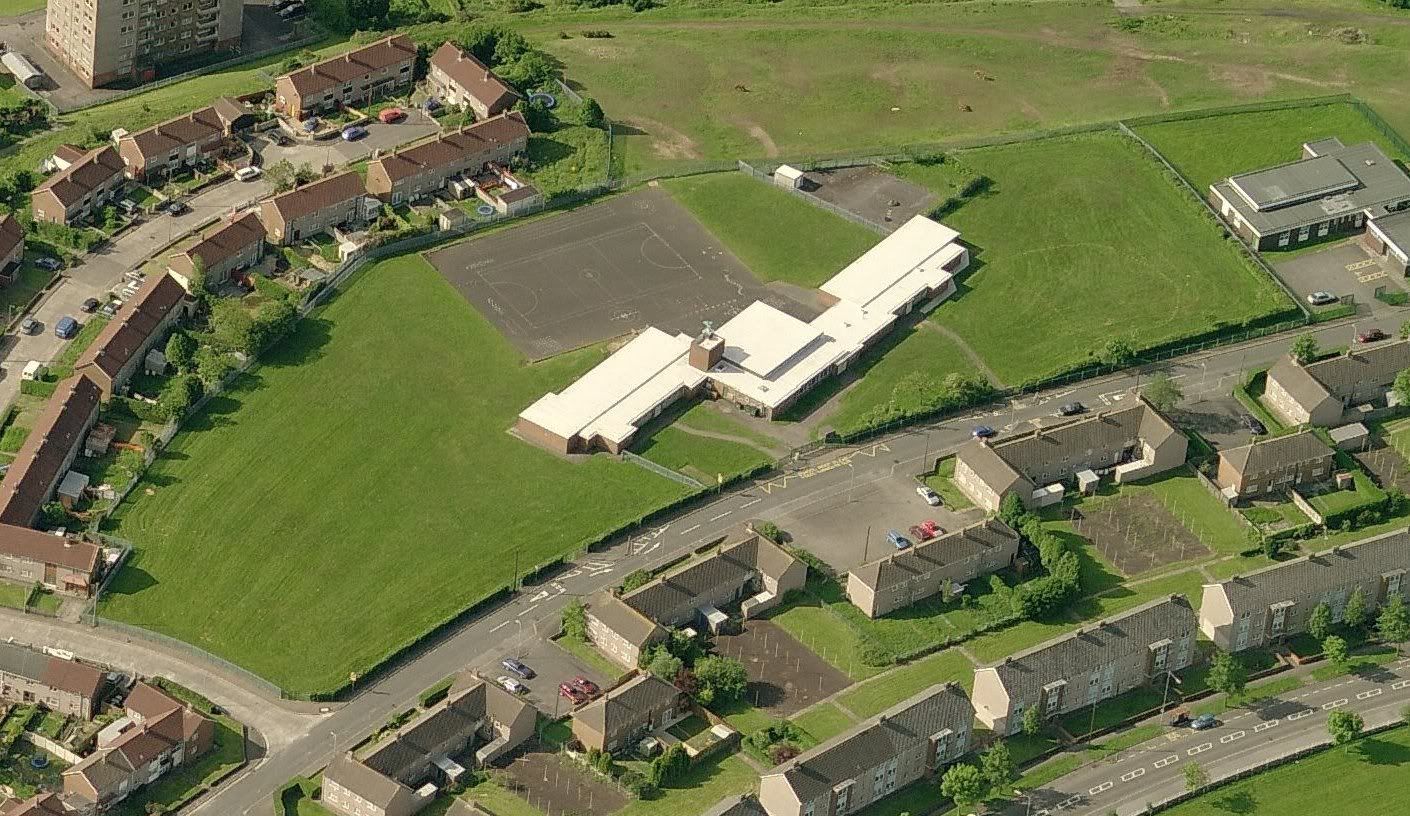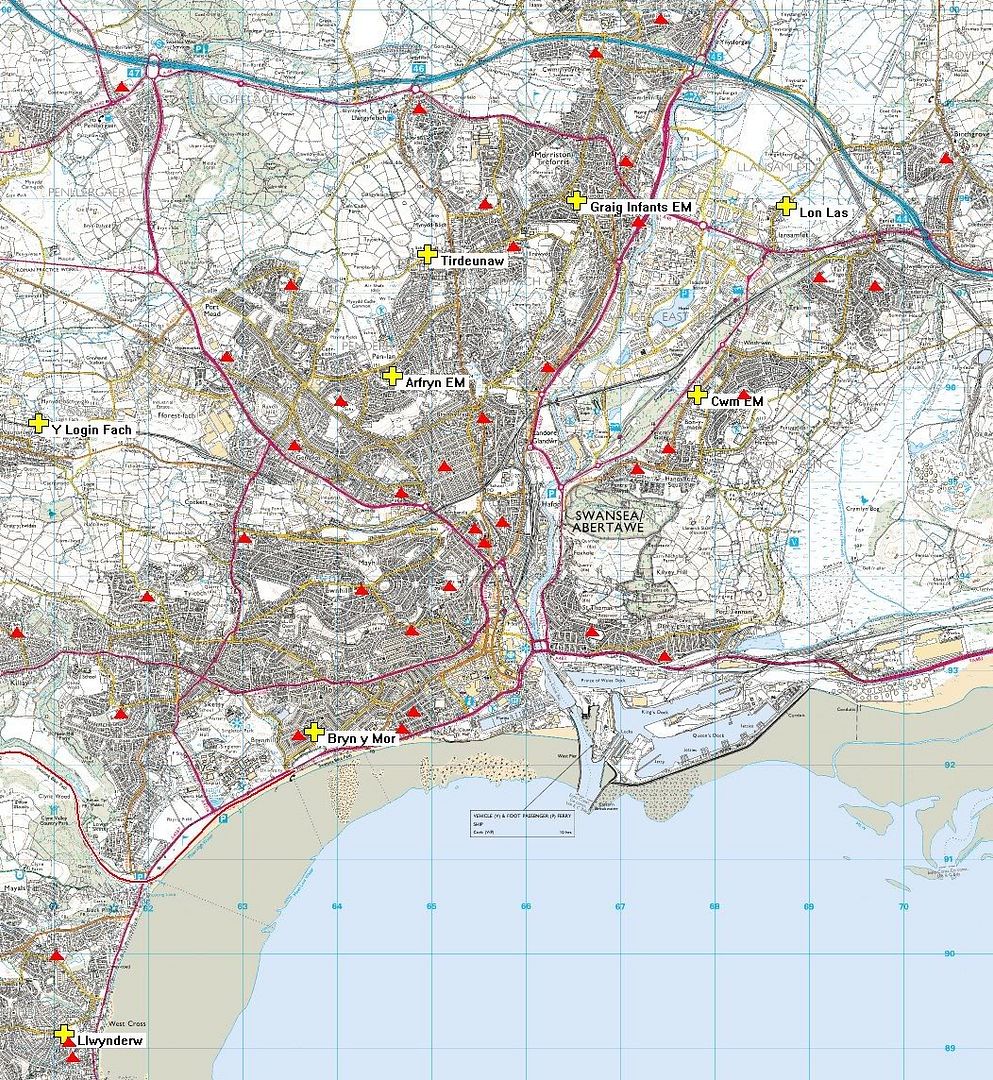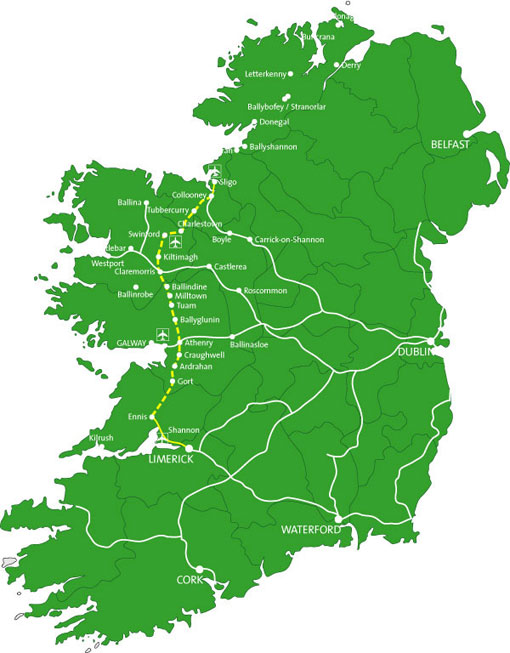The launch of the Welsh Labour manifesto was a carefully choreographed piece of showmanship. Peter Hain and Carwyn Jones stood side by side, Westminster and the Assembly supposedly equal.
This is what the manifesto they presented has to say about nuclear energy:
• We are committed to delivering a diverse, flexible and more secure energy policy for Wales that recognises the very real threat facing our planet. Wales has the potential to produce twice the amount of electricity it currently uses from renewable sources by 2025.
• We will make Wales a leading provider of green energy, produced not only by wind, but also from biomass, marine and microgeneration. This will not only combat climate change but generate thousands of new jobs, for example through Anglesey's vision of an 'energy island' with offshore wind and other industries located there, and construction of the Wylfa B Nuclear Power Station which Labour fully supports.
Welsh Labour Manifesto
Is that really true? No of course it isn't ... it's just another example of Labour being Labour. Nuclear power in Wales is most definitely not what the Labour AMs in our Assembly want. This is the Welsh Government's definitive position on the matter, reaffirmed only last month:
We remain of the view that the high level of interest in exploiting the huge potential for renewable energy reduces the need for other, more hazardous, forms of low carbon energy and obviates the need for new nuclear power stations.
Western Mail, 16 March 2010
Yes, the Welsh Government—comprising far more Labour AMs than Plaid AMs—is very firmly against nuclear power in Wales. Not only that, but it has resisted the attempt to bulldoze through a new nuclear station at Wylfa B, repeating its call for a public inquiry into it only three weeks ago, as this report shows:
WAG to press for a public inquiry into N-plant proposal
So how did Carwyn Jones, standing alongside Peter Hain, react to the patently absurd claim that Welsh Labour "fully supports" a new nuclear station at Wylfa B? Well, rather than fall out in public, he just fell in, grinned sheepishly and hoped no-one would notice that Peter Hain was riding roughshod over what Labour's AMs want.
-
Once again we see Labour in Westminster imposing what it wants for England onto Wales. Once again we see what Labour really thinks about devolving decision-making power to Wales: devolution is fine ... providing, that is, you only decide to do what we in Westminster agree with.

Plaid's position on the issue is perfectly clear: we are against nuclear power in Wales. This is what it says in our manifesto:
We reaffirm our opposition to the construction of any new nuclear power stations in Wales.
and
We would create green electricity through renewable energy projects.
Plaid Manifesto
Now it's true that a small minority in Plaid Cymru do not share this view. Ieuan Wyn Jones may well be personally in favour of nuclear power in Môn ... but that doesn't make any difference to Plaid's policy. Thankfully, he was outvoted by the rest of us.
And, for what it's worth, even the LibDems are against nuclear power:
In both the National Assembly and Westminster, as appropriate, we would:
• Say no to a new generation of nuclear power stations; nuclear power is a far more expensive way of reducing carbon emissions than promoting conservation and renewable energy.
LibDem Manifesto
So we have three parties in the Assembly who are opposed to nuclear power in Wales, about two-thirds of voters altogether. Yet if you vote for Labour you will get what their leaders in Westminster want in order to meet England's energy needs ... for even Labour acknowledge that Wales can produce twice the electricity we need from renewables.
If England needs the energy, and the people of England decide that they want nuclear energy to be a part of that, then they should be free to do so. But if they do, those power stations should be built in England, and England must pay for all the risks and costs involved.

In writing this, I am aware that many people will think that a new generation of nuclear power stations is a done deal in the wake of Horizon's (a joint venture by E.On and RWE npower) recent announcement that they intend to make a planning application for Wylfa B. This isn't true. So I now want to concentrate on how best to ensure that it doesn't happen.
It is certainly true that Labour in Westminster have been pressing hard for the nuclear power industry. It's true that they have done all they can to change the rules so as to fast-track a the new stations they want. I wrote about the new Infrastructure Planning Commission here, but in essence this body only exists to implement the decisions already made in what are called "National Policy Statements". So it is in many ways too late to prevent new power stations being built by means of the planning process. The only hope of preventing companies who want to build nuclear power stations is by a change of policy at UK level. The most obvious and direct way of doing this would be to devolve decision making on energy to Wales, where the majority of Welsh AMs would reject it.
-
But there is another way of fighting to stop nuclear power: the Tories in Westminster have said that any new generation of nuclear plants must not be subsidized by the taxpayer. This is what it says in their manifesto:
To limit harmful emissions from UK power stations, we will take steps to encourage new low carbon energy production, including:
• clearing the way for new nuclear power stations – provided they receive no public subsidy
Conservative Manifesto
Now of course the Tories may have a whole raft of ways to by which they can hide such subsidies if they chose to. But Labour have already done precisely that by including the potential nuclear power industry within the scope of Strategic Investment Fund and also intend to use the Green Investment Bank they would set up to help finance the nuclear industry. That certainly constitutes "public subsidy". At a time when we are up to our ears in public debt, we certainly can't afford to increase public debt even further by bailing out energy firms to provide a source of electricity that Wales doesn't even need.
-
The major issue is not the cost of building the stations (although that is of course an issue, although it would be one for the companies concerned) but the cost of cleaning up the waste they produce and of decommissioning the site when it has come to the end of its productive life. These costs are much, much greater than the cost of construction. In principle, the government's idea is that the power companies would set aside money each year so as to pay the costs of decommissioning and clean up. The fundamental flaw in that approach is that a private company can either go bust or refuse to honour its contract commitments at any time, in much the same way as happened when National Express walked away from the East Coast rail franchise last year. The taxpayer will be left to pick up the bills. The very nature of private companies is that they make a profit when they can ... but when they can't they can be wound up, leaving others to pick up the pieces.
In these situations, the only way to guarantee that the costs will still be met if the company folds is for them to put the money up front, in the form of some sort of bond, perhaps backed by insurance. This happens in the construction industry, but the costs involved in nuclear clean up are way beyond that scale ... not least because it's virtually impossible to predict how much something will cost in maybe 40 years time. So the Labour Government have been trying to run with a compromise mechanism called "Funded Decommissioning" which, in order to make the cost in any way affordable for private companies, seeks to put limits on their liabilities.
At present this is the subject of a public consultation which began last month and is set to run until June. The details are on this page. But this is the stated aim:
The purpose of this consultation is to seek views on whether or not the proposals within this document provide clarity for both operators of new nuclear power stations and the public on the financing arrangements the operator of a new nuclear power station will have to put in place to meet the full costs of decommissioning and their full share of waste management costs.
In my opinion these are the best grounds for fighting against nuclear power in Wales. We should by all means fight to stop permission to build new power stations from being granted, and that might still prove successful. But as things stand, the outcome has already been stitched-up. I have no doubt that if we are mad enough to re-elect them, a Labour government in Westminster would try and stitch this up as well by setting unrealistically low costs.
But if we stand firm on the basic principle that whoever wants to build a nuclear power station must ensure that the full cost of decommissioning and waste storage is met without public subsidy—irrespective of whether they go bust at some time in the future—no private company will go ahead with construction because they simply would not be able to afford to provide that sort of binding, enforceable guarantee.




